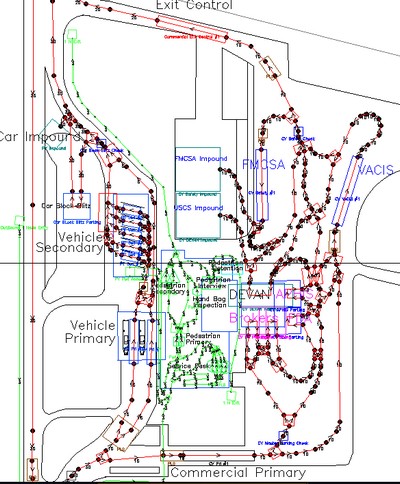

You all know what a glossary is. The BABOK struggles to find much to say about it. It is basically just a list of words and definitions used in the context of the operations being investigated. It is a good idea to create or maintain one when there a many new people in a situation, when you are working in a new industry, when you are using new solution techniques or components, or when engaged in domain knowledge acquisition generally. It is basically an aid to communication, and we know that business analysis is all about communication, especially when trying to translate between users/customers and various technical specialists.

Different terms of art tend to apply in different phases.

- Intended Use: Problem statements are often expressed using broad and understandable language. However, organizational and engagement goals can absolutely refer to specific operations, technologies, or methods from specialized areas of practice. Moreover, the language of business, particularly with regard to financial, legal, and regulatory matters, can employ multiple terms of art.
- Conceptual Model: This is where the language of the operation or solution being built or modified comes into play. It can involve equipment, processes, materials, operations, measurements (Canadian Standard Freeness remains the coolest measurement ever!), and even people (in the form of job descriptions).
- Data: Data management and analysis has a certain vocabulary of its own because it is gathered in so many different ways and has so many different characteristics both singularly and en masse.
- Requirements: Language in this phase tends to use terminology primarily defined elsewhere, although it’s good to be aware of different kinds of requirements (e.g., functional vs. non-functional, business/stakeholder/solution/transition, and so on).
- Design: Work in this phase tends to use language defined elsewhere as well.
- Implementation: Implementation tends to require a wide variety of specialized practitioners, each of which may use specialized verbiage. Software engineers have a large and specialized vocabulary, management frameworks, computer languages, programming paradigms, and the like, but there are many types of practitioners, ranging from pipefitters to graphic artists.
- Test and Acceptance: There are almost limitless ways to verify and validate solutions. Software is just one field and that process has plenty of its own verbiage and even equipment and processes.
